
After Tava’s workshop in ME
Our next installment of Dancer Origin Stories features the glorious Tava. I have hosted Tava in the past for workshops at my studio in Portland, ME and I look forward to the next opportunity to learn from her.
Tava has been a professional belly dancer in New York City and the surrounding areas for over 15 years. She’s currently based in Norwalk, CT, where she brings her deep knowledge and caring attitude to her weekly classes, while continuing to perform regionally and teach workshops up and down the East coast.
Her style is classic, timeless, and she brings her entire self to each and every moment on stage.
Now… on to Tava’s Origin Story!
Q. What is your first memory of dance?
I grew up in San Francisco in the 70’s. My mother worked in a restaurant/dance club where I frequently spent time. At night, the DJ would play 70’s disco and funk and I danced with my mother and her friends. At home, the party continued. My mother and I played records and danced to Earth Wind & Fire, Stevie Wonder, & many more. We didn’t have much back then, but I learned early on that when life gets tough, the more one dances, the better.
Q. Was social dance or music a part of your life growing up? If so, how?
 Absolutely. Everyone danced. My family would have parties and people turned on music and went for it. My grandparents would clear the floor dancing wildly every chance they got. They were a sight to see. Dance was a huge part of my childhood.
Absolutely. Everyone danced. My family would have parties and people turned on music and went for it. My grandparents would clear the floor dancing wildly every chance they got. They were a sight to see. Dance was a huge part of my childhood.
Q. How did you first encounter belly dance?
I first encountered it in preschool when a bellydancer came to give us lessons. I talk about this in my book because it was a very funny moment. The instructor didn’t have enough coined scarves for everyone so I danced with tears in my eyes because I was so upset not to have the right “accessory.”
Q. What phase of life were you in when you took your very first dance class?
My first bellydance class was in January of 2000. Everybody was scared of the Y2K issue. We didn’t know if there would be some kind of technical crisis that would bring the world to a screeching halt.
Once that resolved itself I found myself determined not to put off learning bellydance. I immediately went to class. I should mention that I watched my teacher perform for years before I took her class. We performed in a Variety show together (me…wacky performance art. Her…elegant bellydance).
Q. Many dancers took classes when they were little, but then returned to dance as adults. In your case, what drew to you back to dance?
I stopped dancing in my teens because of body image and spiraling insecurities. I started again a few years later because I was becoming more confident and wanted the outlet for self expression that dance offered.
Q. What led to you becoming serious about your dance studies?
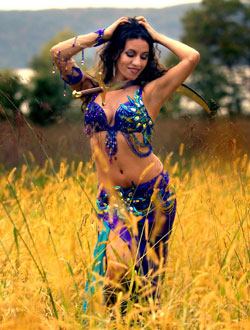 I always thought it would be a hobby, but my teacher regularly provided student troupe performance opportunities with live music. It was usually Raquy and her drumming students. I also went to see shows almost every night and it was intoxicating to see how the dancer interacted with the bands.
I always thought it would be a hobby, but my teacher regularly provided student troupe performance opportunities with live music. It was usually Raquy and her drumming students. I also went to see shows almost every night and it was intoxicating to see how the dancer interacted with the bands.
Little by little, I started to perform as a soloist and I was driven by a relentless desire to improve. Eventually, it just took on a life of its own. When I moved to CT, my teacher encouraged me to start offering classes and I discovered that teaching was another genuine passion of mine.
Q. What let you to become serious about belly dance?
The factors that contributed to the cultivation of my career in dance were…
1. Encouragement and mentoring from my teacher.
2. Being a true introvert and loving the release and collaboration that came with dance and
3. I tried to follow a different path (when I worked full-time in Higher Education) but the call of dance grew too strong and I gave up my career to shimmy full-time.
Q. How do other dance forms you have studied inform your primary style?
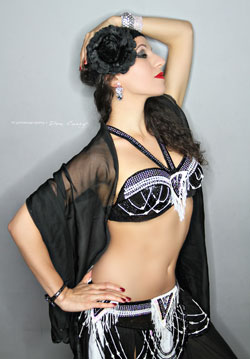 I did the usual ballet & jazz dance as a child but gave up ballet first because it was at odds with what gymnastics was doing to my body. Gymnastics training helped me develop strength, coordination and flexibility which I still draw upon in my career.
I did the usual ballet & jazz dance as a child but gave up ballet first because it was at odds with what gymnastics was doing to my body. Gymnastics training helped me develop strength, coordination and flexibility which I still draw upon in my career.
My jazz teacher really took a chance on shy little me and I was her student from 8 to 17 years old. I can still hear her voice in my head, telling me “chin up…don’t look down!” She was key is helping me learn to polish my movements and keep my fingers from looking sloppy.
Q. Tell me about one of your most influential teachers.
That would be Andrea (Anwar) Beeman in NYC. I still rely on her for advice and feedback. When I was preparing my show for Art of the Belly, I had a private lesson with her just to review my structured improvisation to be sure I was hitting all the marks I wanted to hit in terms of pacing, movement pathways and dynamics. I wound up doing something entirely different in the show (classic me) but I still find it helpful to call upon Andrea and get her honest feedback.
Q. Share the memory of learning a movement that came easily to you…
I honestly cannot recall any movements coming easily to me. My posture was a mess before bellydance. I had terrible swayback and even hip drops looked more like some sort of twerk hybrid.
I suppose, if I had to pick, I had an easy time with upper body isolations. I could move my rib cage all around a lot of thoracic spine mobility. I didn’t realize that was useful until I saw how hard it was for my classmates to move that way.
Q. And a movement that you had to work hard to master.
 Just one? (haha) I suppose that would be the shimmy. Gymnastics left my knees in less than awesome shape and the movement would leave my patella feeling wonky.
Just one? (haha) I suppose that would be the shimmy. Gymnastics left my knees in less than awesome shape and the movement would leave my patella feeling wonky.
I realized that to protect my joints, I needed to keep the movements small but I was afraid of hurting myself and wound up just freezing. I had countless lessons with Andrea trying to unlock my shimmy but still keep the movement in my knee manageable.
Q. Tell me about one “ah hah” moment that you recall, whether technical, emotional, or conceptual.
Learning the 3/4 shimmy was a brain tease. I finally got it while pushing my shopping cart down the aisle at Food Emporium to the song “Low Rider.” My husband was with me and he saw my mastering the move I had struggled with for months. He was behind me shouting, “YES! YES! You GOT it!” It was awesome.
Q. What dance skills translate to your everyday life?
I stand while I work and do omis, shimmys or undulations while I type. If I sit too long, it starts to hurt. I also get teased for how “gracefully” I wipe down the table with a rag or constantly add little touches to things like getting the mail.
Q. What everyday skills translate to your dance life?
I am a counselor by training and I’ve returned to that field part time. I spent years in what I would call empathy training. I translate that into my performances in terms of an ability to create rapport with audiences using non-verbal methods. I always say that I “take the Psychological pulse” of the room before I dance.
About Tava
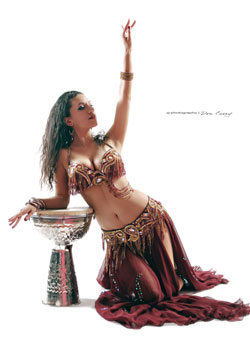 Tava Naiyin is a highly regarded professional bellydancer, instructor, choreographer and author of “Little Book of Big Advice: Enlightening Ideas for Bellydance Professionals.”
Tava Naiyin is a highly regarded professional bellydancer, instructor, choreographer and author of “Little Book of Big Advice: Enlightening Ideas for Bellydance Professionals.”
Tava performs regularly throughout NYC and the tri-state area, she is known for dynamic finger cymbal playing and musicality. Equally at home performing at galas, family occasions, cultural events, in theatrical productions or music videos, she prides herself on having a career with as much variety as possible.
In addition to the “sparkly bits” of her life, Tava has a Masters in Counseling and uses the dance as a tool for building self-esteem and healthy body image for women.
http://bellydancebytava.com/
Tava’s 4-Week Online Intensive: Fearless Finger Cymbals (Level 1)
If you love the idea of playing finger cymbals but get discouraged as soon as you try to dance and play at the same time, this intensive is for you.
Join Tava for some effective ear training and musicality enhancing exercises presented in in a light-hearted and fun approach. Over the course of 4 weeks, Tava will send 2 to 3 homework assignments per week with video tutorials & demonstrations. You will also receive articles and inspirational clips so you’ll complete the intensive with greater skill, knowledge, context, appreciation and motivation.
Please note: It is self-paced so don’t worry if you can’t complete everything in 4 weeks. You can view all videos for up to 6 months.
Sign up today! http://bellydancebytava.com/tavas-current-workshop-offerings/
Tava’s Book
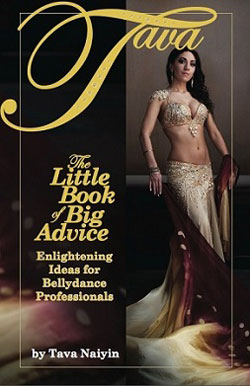 Little Book of Big Advice: Enlightening Ideas for Bellydance Professionals is an essential read for dancers who may be considering a transformation from hobbyist to professional. Tava Naiyin, author and highly-accomplished bellydancer in NYC and CT, writes candidly about her experiences as an artist who has relied exclusively on dance-generated income for 10+ years.
Little Book of Big Advice: Enlightening Ideas for Bellydance Professionals is an essential read for dancers who may be considering a transformation from hobbyist to professional. Tava Naiyin, author and highly-accomplished bellydancer in NYC and CT, writes candidly about her experiences as an artist who has relied exclusively on dance-generated income for 10+ years.
After receiving countless questions from budding dance professionals across the U.S., she compiled her answers and wrote this book to address what she perceived as possible gaps in training.
This book cannot take the place of a mentor; however, it aims to promote industry standards and help bellydance artists determine if they have the right skills and circumstances to turn their passion into a career.
Get the book here! http://bellydancebytava.com/shop/





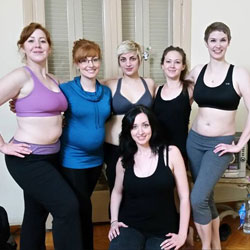
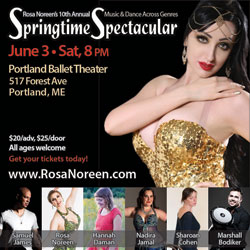
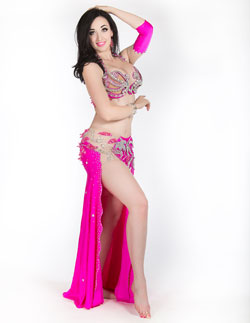 Q. What phase of life were you in when you took your very first dance class?
Q. What phase of life were you in when you took your very first dance class? 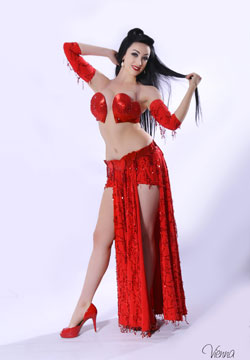 Q. Tell me about one of your most influential teachers.
Q. Tell me about one of your most influential teachers. 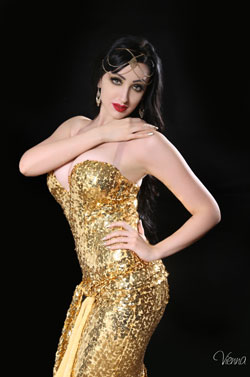 Q. Tell me about one “ah hah” moment that you recall, whether technical, emotional, or conceptual.
Q. Tell me about one “ah hah” moment that you recall, whether technical, emotional, or conceptual.






































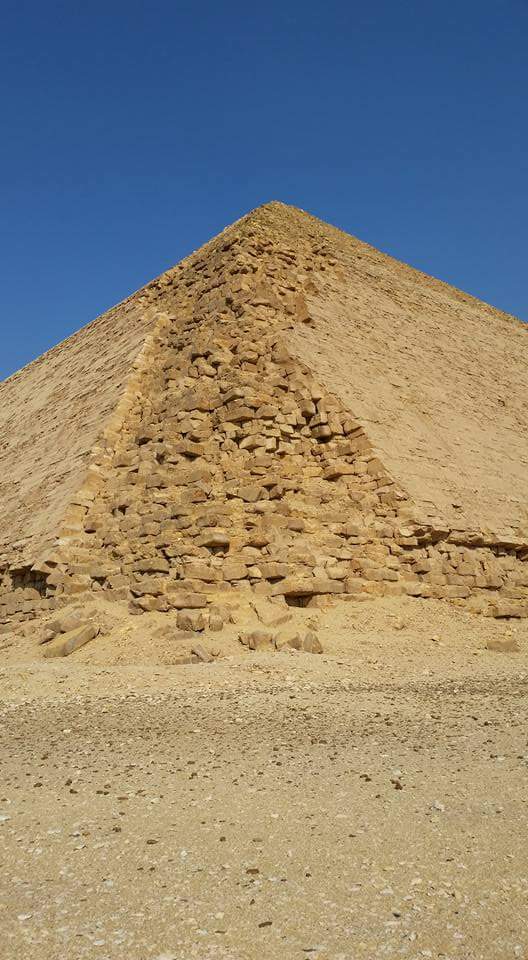







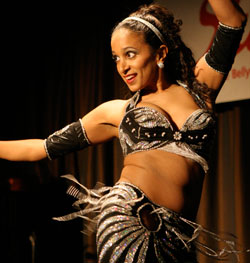 My first memory of dance and the moment I knew that I wanted to become a dancer was when I saw American Ballet Theater’s, The Nutcracker, in NYC at the age of 6.
My first memory of dance and the moment I knew that I wanted to become a dancer was when I saw American Ballet Theater’s, The Nutcracker, in NYC at the age of 6.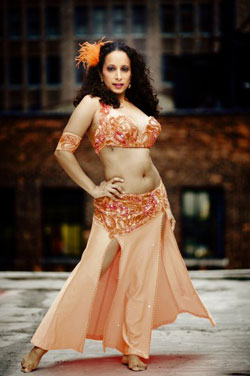 Q. How did you first encounter belly dance?
Q. How did you first encounter belly dance?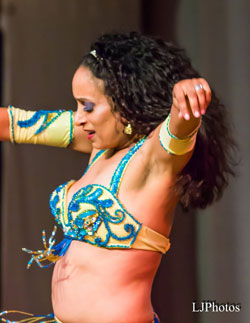 Q. What (people/phase of life/experience) led to you becoming serious about your dance studies?
Q. What (people/phase of life/experience) led to you becoming serious about your dance studies?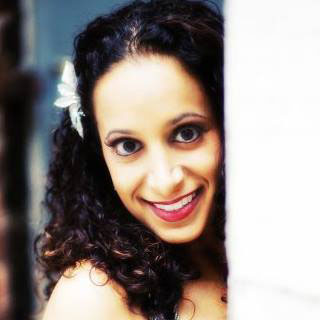
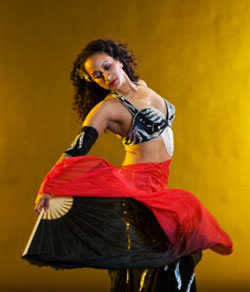 Q. … and a movement that you had to work hard to master.
Q. … and a movement that you had to work hard to master.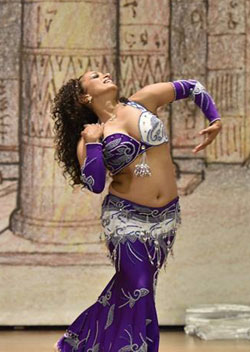 Q. What dance skills translate to your everyday life?
Q. What dance skills translate to your everyday life?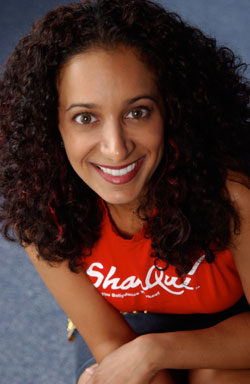 Q. What do you currently have in progress?
Q. What do you currently have in progress?

 Absolutely. Everyone danced. My family would have parties and people turned on music and went for it. My grandparents would clear the floor dancing wildly every chance they got. They were a sight to see. Dance was a huge part of my childhood.
Absolutely. Everyone danced. My family would have parties and people turned on music and went for it. My grandparents would clear the floor dancing wildly every chance they got. They were a sight to see. Dance was a huge part of my childhood. I always thought it would be a hobby, but my teacher regularly provided student troupe performance opportunities with live music. It was usually Raquy and her drumming students. I also went to see shows almost every night and it was intoxicating to see how the dancer interacted with the bands.
I always thought it would be a hobby, but my teacher regularly provided student troupe performance opportunities with live music. It was usually Raquy and her drumming students. I also went to see shows almost every night and it was intoxicating to see how the dancer interacted with the bands. I did the usual ballet & jazz dance as a child but gave up ballet first because it was at odds with what gymnastics was doing to my body. Gymnastics training helped me develop strength, coordination and flexibility which I still draw upon in my career.
I did the usual ballet & jazz dance as a child but gave up ballet first because it was at odds with what gymnastics was doing to my body. Gymnastics training helped me develop strength, coordination and flexibility which I still draw upon in my career. Just one? (haha) I suppose that would be the shimmy. Gymnastics left my knees in less than awesome shape and the movement would leave my patella feeling wonky.
Just one? (haha) I suppose that would be the shimmy. Gymnastics left my knees in less than awesome shape and the movement would leave my patella feeling wonky. Tava Naiyin is a highly regarded professional bellydancer, instructor, choreographer and author of “Little Book of Big Advice: Enlightening Ideas for Bellydance Professionals.”
Tava Naiyin is a highly regarded professional bellydancer, instructor, choreographer and author of “Little Book of Big Advice: Enlightening Ideas for Bellydance Professionals.” September 11–October 9, 2016
September 11–October 9, 2016 Little Book of Big Advice: Enlightening Ideas for Bellydance Professionals
Little Book of Big Advice: Enlightening Ideas for Bellydance Professionals